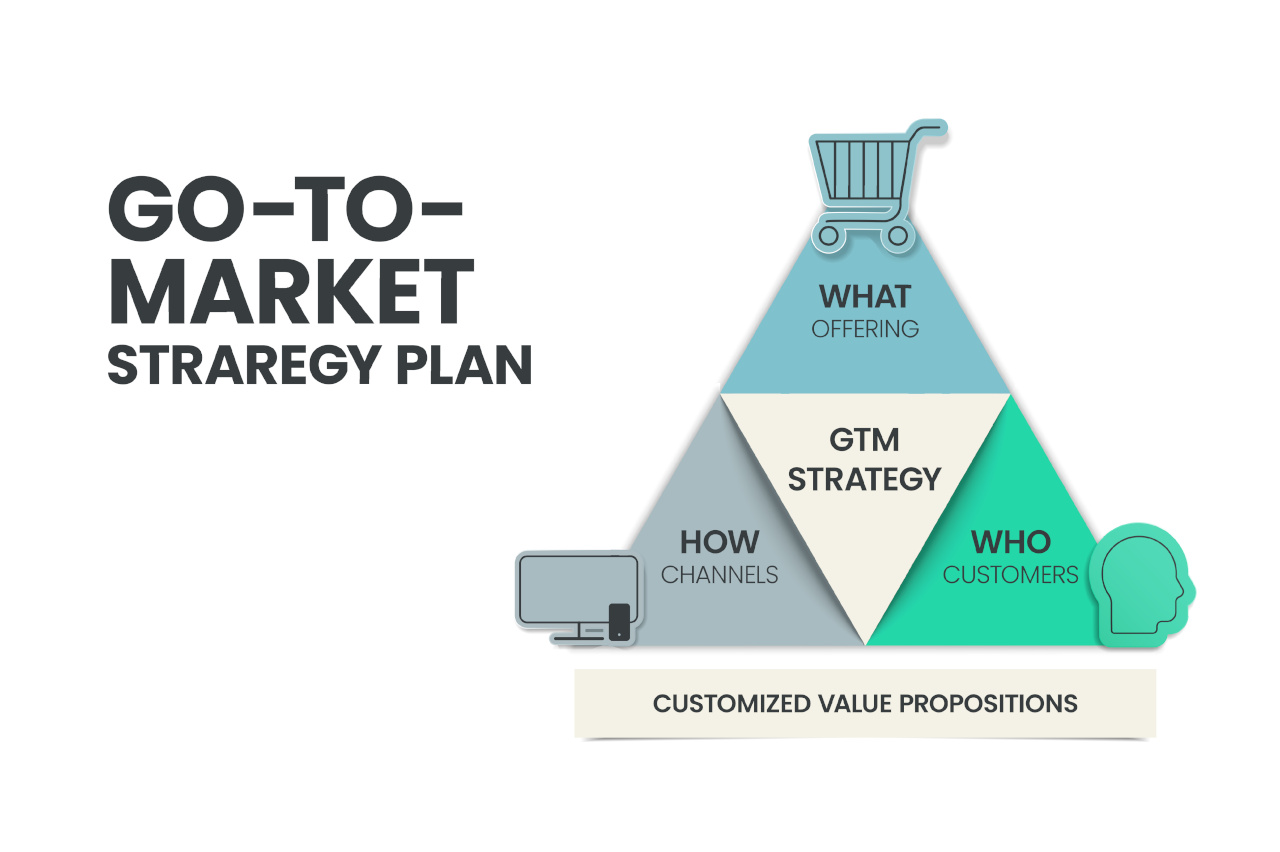Implementing an offshoring strategy for day-to-day operations can be a game-changer for managed service providers, but it requires careful planning and execution to ensure success. Here MSP Scalerz provides a 9 step plan for you to offshore your operations, particularly when working with an offshoring vendor.

Step 1: Define Objectives and Scope
Identify Goals: Clearly define what you aim to achieve through offshoring — whether it's cost savings, improved service delivery, 24 x 7 x 365 support, or access to a broader talent pool.
Determine Scope: Decide which operations or services you want to offshore. Commonly offshored functions include help desk support, network monitoring, application management, and infrastructure services.
Step 2: Vendor Selection
Research Potential Vendors: Look for vendors with experience in servicing MSPs, and that focus on the specific services you need. MSP Scalerz is one such vendor, that is completely dedicated to helping MSPs scale up to the next level.
Evaluate Expertise: Assess vendors based on their technical capabilities, and with a team that has the expertise you need.
Step 3: Contract Negotiation
Define Terms and Conditions: Negotiate terms that cover pricing, service levels, confidentiality, data protection, and dispute resolution. These will protect you from challenging situations in the future.
Service Level Agreements (SLAs): Set clear SLAs to define the expected performance and quality metrics, along with penalties for non-compliance. MSP Scalerz adheres to the SLAs set up during the offshoring phase.
Step 4: Transition Planning
Create a Detailed Plan: Develop a comprehensive transition plan that outlines how operations will be transferred to the offshoring vendor, including timelines and responsibilities.
Communication Strategy: Establish a communication framework that ensures smooth information exchange between your team and the offshoring vendor.
Step 5: Infrastructure and Security Setup
Technology Integration: Ensure that the offshoring vendor has compatible systems and technologies to seamlessly integrate with your existing infrastructure.
Security Protocols: Implement robust security measures to protect sensitive data and comply with regulatory requirements.
Step 6: Training and Knowledge Transfer
Training Programs: Conduct training sessions to familiarize the offshore team with your operations, tools, and client-specific requirements.
Knowledge Transfer: Share necessary documentation and knowledge to enable the offshore team to understand and meet your operational standards.
Step 7: Implementation and Monitoring
Go Live: Start offshoring operations as per the transition plan. Monitor the process closely to handle any immediate issues.
Continuous Monitoring: Regularly review the performance of the offshore team against the SLAs. Use key performance indicators to measure success and identify areas of improvement.
Step 8: Feedback and Continuous Improvement
Gather Feedback: Obtain feedback from your clients and your onshore staff about the offshored operations.
Iterative Improvements: Based on the feedback, work with the offshoring vendor to make iterative improvements to processes and service delivery.
Step 9: Scale and Optimize
Evaluate Efficiency: Once the initial offshoring setup stabilizes, evaluate its efficiency and the impact on your business.
Scale Up: If the results are positive, consider scaling up the offshored operations to include other services or increase the scope of current services.
Conclusion
Successful offshoring requires a strategic approach, careful vendor selection, rigorous planning, and ongoing management. By following these steps, you can ensure a smooth transition to offshoring and realize significant benefits, including cost savings, improved efficiency, and access to global talent, thereby enhancing your competitive edge in the market. The team at MSP Scalerz helps you with all these steps, to ensure you have a robust offshoring plan that gets you the benefits you are looking for.














